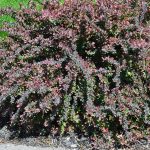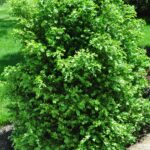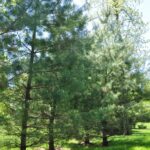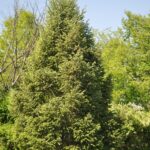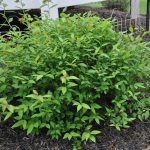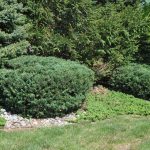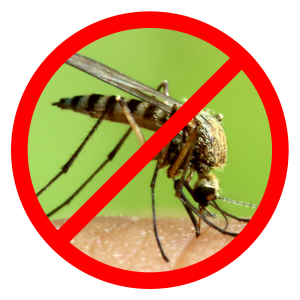OH Deer – Deer eating more “resistant” plants
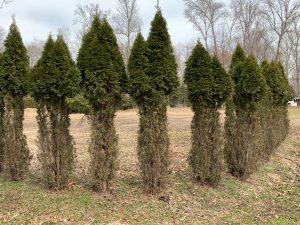
As deer populations rise and their habitat decreases, their food supply also dwindles. Year after year we receive calls about deer resistant plants being eaten when the plants were supposed to be disliked by deer. In some cases, it may be a little nibbling and in others, plants are completely devoured. So why is this happening?
Deer eat or at least try just about anything, especially in the winter months. Some of the feeding damage we see occurs when deer take a few bites and realize they do not like that plant. This little bit of nibbling can cause major damage if there are several deer trying the same plant. In this blog we will discuss plants that deer tend to avoid as well as some they can’t get enough of!
Knowing your plant material
First, let’s look at plants that are known to be favored by deer. Deer prefer arborvitae, yews, hostas, and daylilies to name a few favorites. These are plants we would not recommend planting in your landscape if you want to avoid deer feeding damage. In our area, you don’t have to drive far to see a row of arborvitaes that look like lollipops, the bottom 4 or 5 feet are defoliated, and the entire top half looks great. If you have any of these plants in your landscape, keep reading to find out what to do to help minimize damage.

Deer are also tricky and may not eat the same plants at your house as they do at your neighbors. In some cases, we see deer feeding on one plant at your house and a different set of plants at your neighbors. You may ask why are my mums eaten, but not my neighbor’s mums? It is likely because you are on the path they travel each day, but your neighbor is not. As they walk back and forth through your yard they stop and eat before moving along to their next stop. Your neighbor’s plants will likely remain safe until food runs out at your house or they change their path.
Deer not only eat perennials in summer and evergreens in the winter, they also eat twigs, buds, acorns, and berries that are within reach. They were once reluctant to eat some deer resistant plants, like hollies but we now see significant feeding damage during the winter months. So, what are some deer resistant plants? Deer do not like fragrant plants like lavender, sage and peonies. Boxwoods remain one of the top choices for deer-resistance. But when deer are hungry enough, they will eat almost anything. Resistance does not mean deer proof! When times get tough, deer will definitely eat less preferred varieties in order to survive.
Unfortunately, there are not that many “deer resistant plants” anymore, but there are several varieties that the deer prefer not to eat. When planning a new landscape or updating your current one it would be best to stick with plant material found to perform well in New Jersey such as:
- Barberry
- Boxwood
- Pine
- Spruce
- Spirea
- Juniper
Some other common plants that fare well in New Jersey weather and are less likely to be eaten by deer include:
- Cotoneaster
- Butterfly Bush
- Lavender
- Sage
- English Ivy
- Pachysandra
- Pieris
- Viburnum
Other ways to stop deer feeding
As deer evolve and their food supply changes, we need to change as well. We can no longer assume that “deer resistant plants” are completely safe. In order to minimize deer activity on your property there are other methods that are helpful in addition to planting deer resistant plants. One or more of the following may be needed based on site conditions and local deer populations.
- Apply deer repellents. It is best to contact a professional who can develop a program specifically for your property.
- Alter the landscape, minimizing the amount of plant material that deer like to eat.
- Keep their favorite foods closer to the house or in hard to reach locations.
- Maintain your property and make it less deer friendly. This can be done by eliminating densely wooded areas where they can hide or sleep at night.
- Install motion-activated sprinklers.
- Install strong scented plants. If something smells unappealing, deer will avoid the area.
- Use hedges to create a border to alter their travel paths.Lining the perimeter of the property can deter them from walking through your yard.
- Install a fence.
- Wrap plants and/or install netting for the winter.
- Place wind chimes near susceptible plants.
- Incorporate moving décor into your landscape. Such as windmills, objects that spin or whistle.
- Hang fishing line across areas the deer travel.
Conclusion
A beautiful healthy landscape increases the value of your home and is something to be proud of. When it comes to minimizing deer feeding damage on your landscape plants, planting deer resistant plants is one tool to help, but it will often need to be followed up with some other measures listed above. If you are interested in learning more about deer repellents, contact us for a free estimate, or give our office a call at 908-281-7888.



